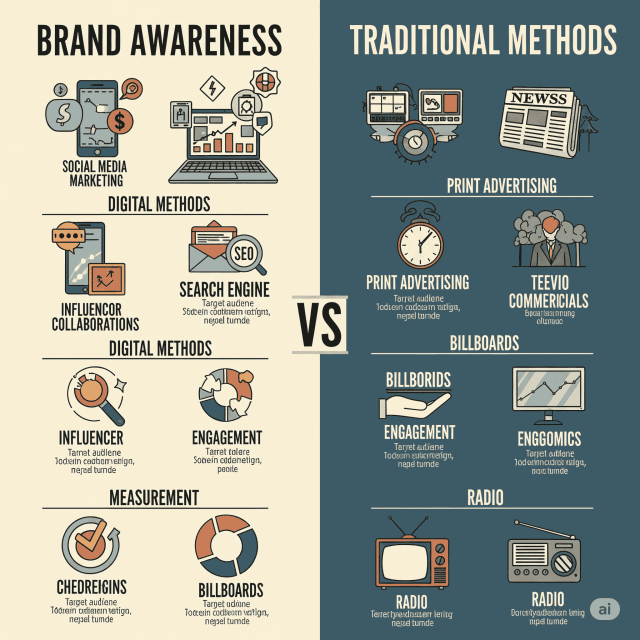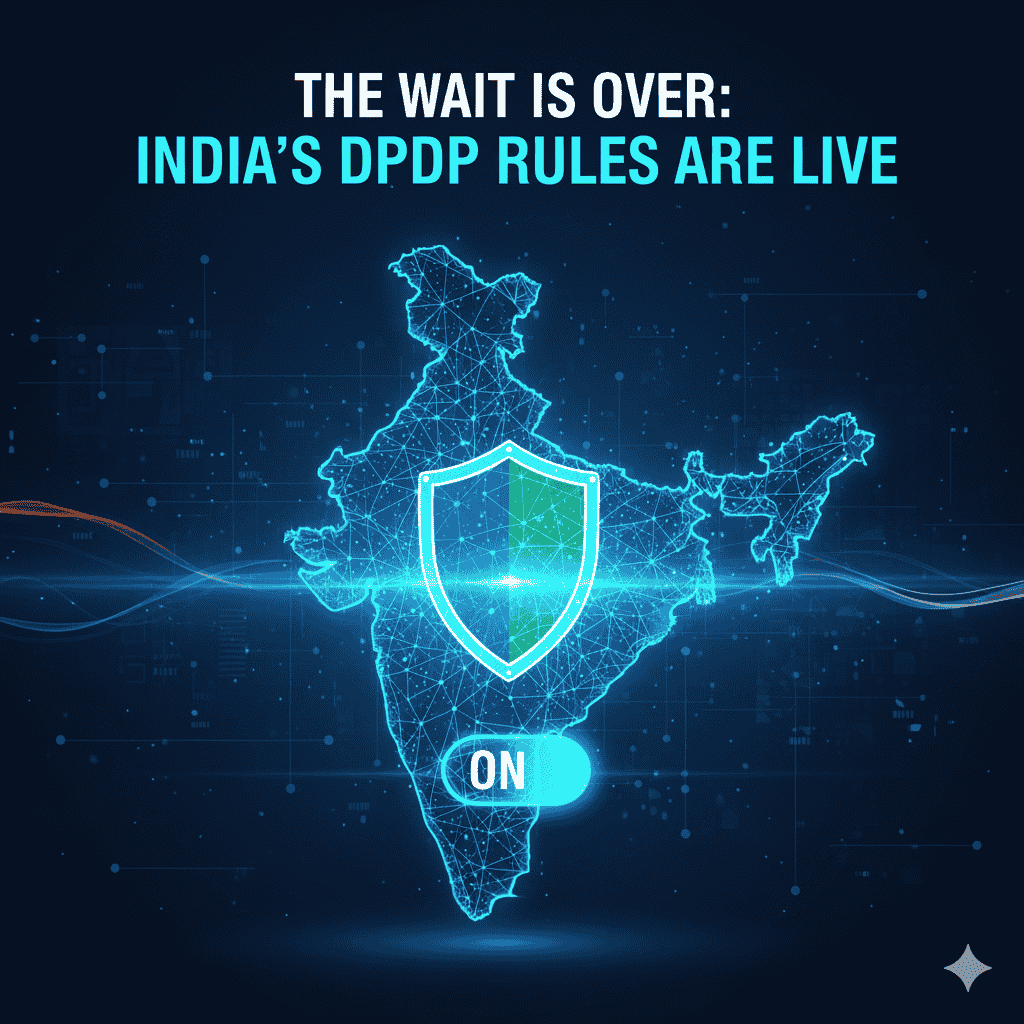In the ever-evolving landscape of marketing, the debate between digital and traditional strategies is more relevant than ever. Both approaches offer unique advantages and challenges, and the choice between them often depends on a brand’s specific goals, target audience, and resources. In this article, we’ll explore effective brand awareness strategies across both platforms, providing insights to help businesses optimize their marketing efforts.
Understanding the Landscape
Traditional Marketing
Traditional marketing refers to the conventional forms of advertising that have been around for decades. These include:
- Print Media: Newspapers, magazines, brochures
- Broadcast Media: Television and radio ads
- Outdoor Advertising: Billboards, transit ads
- Direct Mail: Postcards and catalogs sent directly to consumers
Despite the rise of digital media, traditional marketing still commands significant attention and can be highly effective, particularly for local businesses and specific demographics.
Digital Marketing
Digital marketing encompasses a wide array of online strategies, including:
- Social Media Marketing: Platforms like Facebook, Instagram, Twitter, and LinkedIn
- Content Marketing: Blogs, articles, podcasts, and videos that provide value and insight
- SEO (Search Engine Optimization): Optimizing online content to rank higher in search engines
- Email Marketing: Direct communication with customers via newsletters and promotions
- Online Advertising: Pay-per-click (PPC) and display ads on various websites
Digital marketing is particularly appealing due to its broad reach, precise targeting, and measurable results.
Key Strategies for Brand Awareness
1. Audience Understanding
Both traditional and digital marketing require a deep understanding of the target audience.
- Traditional: Conduct market research through surveys, focus groups, and demographic studies to refine messaging.
- Digital: Use analytics tools to gain insights into online behavior, preferences, and engagement patterns.
2. Integrated Marketing Campaigns
An effective approach combines both platforms:
- Traditional to Digital: Leverage print ads that guide consumers to social media or websites. For example, a magazine ad can include QR codes linking to digital content or a social media page.
- Digital to Traditional: Use social media campaigns to promote offline events, like pop-up shops or community festivals.
3. Engaging Content Creation
Content is king, whether in print or online:
- Traditional: Develop compelling visuals and narratives through brochures and flyers that tell your brand story.
- Digital: Create engaging online content, such as interactive posts, videos, or infographics that resonate with your target audience.
4. Local Events and Sponsorships
Building local brand awareness can be especially effective through traditional methods:
- Community Engagement: Sponsor local events, participate in fairs, and host workshops to connect with the community.
- Digital Promotion: Use social media to promote these events, share live updates, and encourage user-generated content through hashtags.
5. Loyalty Programs and Direct Outreach
Customer loyalty is essential for brand retention:
- Traditional: Implement punch cards or mailed loyalty coupons to incentivize repeat purchases.
- Digital: Use email marketing to send personalized offers to loyal customers, fostering ongoing engagement.
6. Use of Influencers and Testimonials
Leveraging social proof can elevate brand credibility:
- Traditional: Collect and share testimonials through case studies in magazines or community newsletters.
- Digital: Partner with social media influencers who align with your brand values to reach a wider audience.
Measuring Success
Traditional Marketing Metrics
- Reach: Monitor changes in sales, customer inquiries, and foot traffic after a campaign.
- Brand Recall: Conduct surveys to gauge brand recognition among target demographics.
Digital Marketing Metrics
- Engagement Rates: Track likes, shares, comments, and overall interaction levels.
- Website Traffic: Use analytics tools to measure visits, bounce rates, and conversion rates.
Conclusion
In an ideal world, brands would utilize a blend of both traditional and digital strategies to maximize their reach and effectiveness. Understanding the unique strengths and weaknesses of each approach is crucial for developing a comprehensive brand awareness strategy. By leveraging the insights and data from both realms, businesses can create cohesive marketing campaigns that resonate with their audience, ultimately driving brand awareness and fostering loyalty.
In an age of constant change, the most successful brands will be those that remain flexible, innovative, and attentive to their customer’s evolving preferences.









